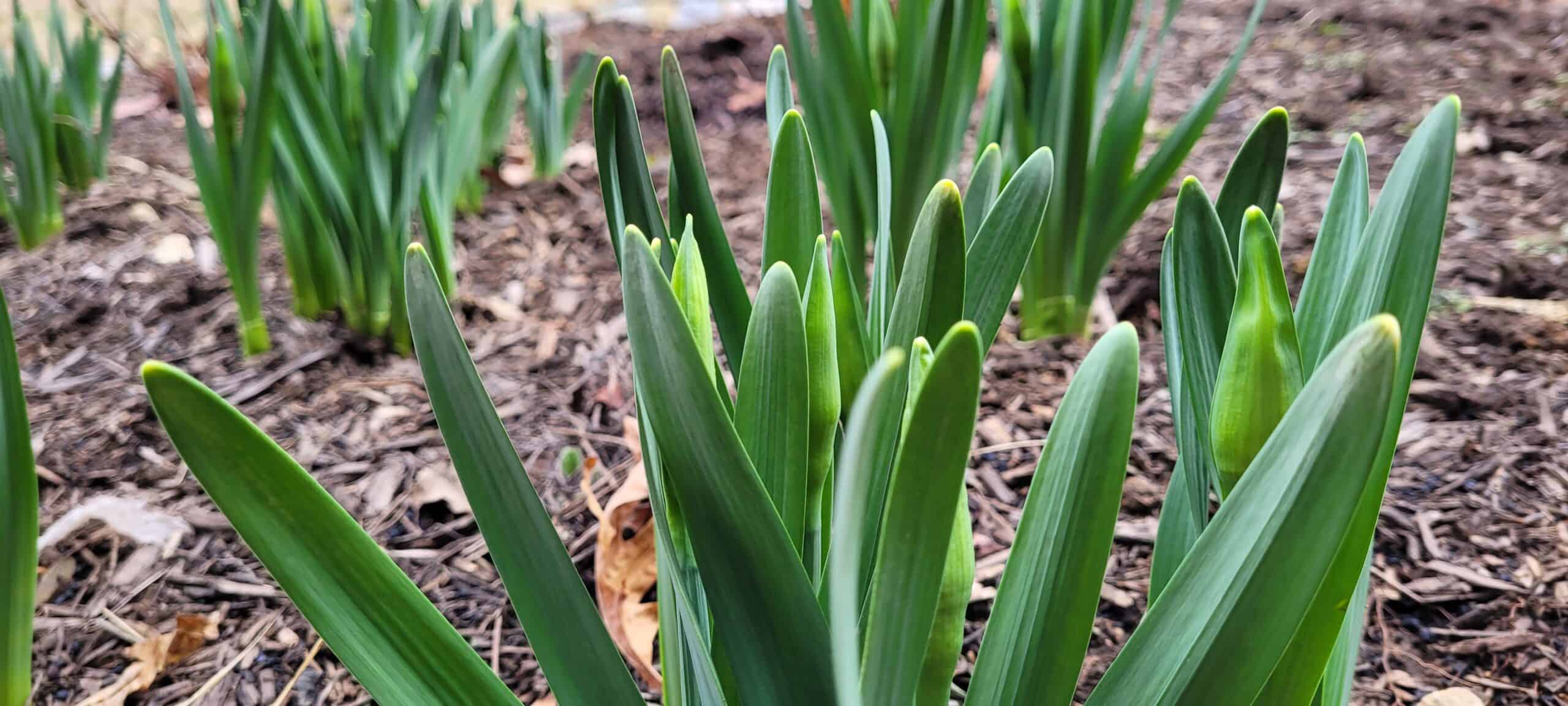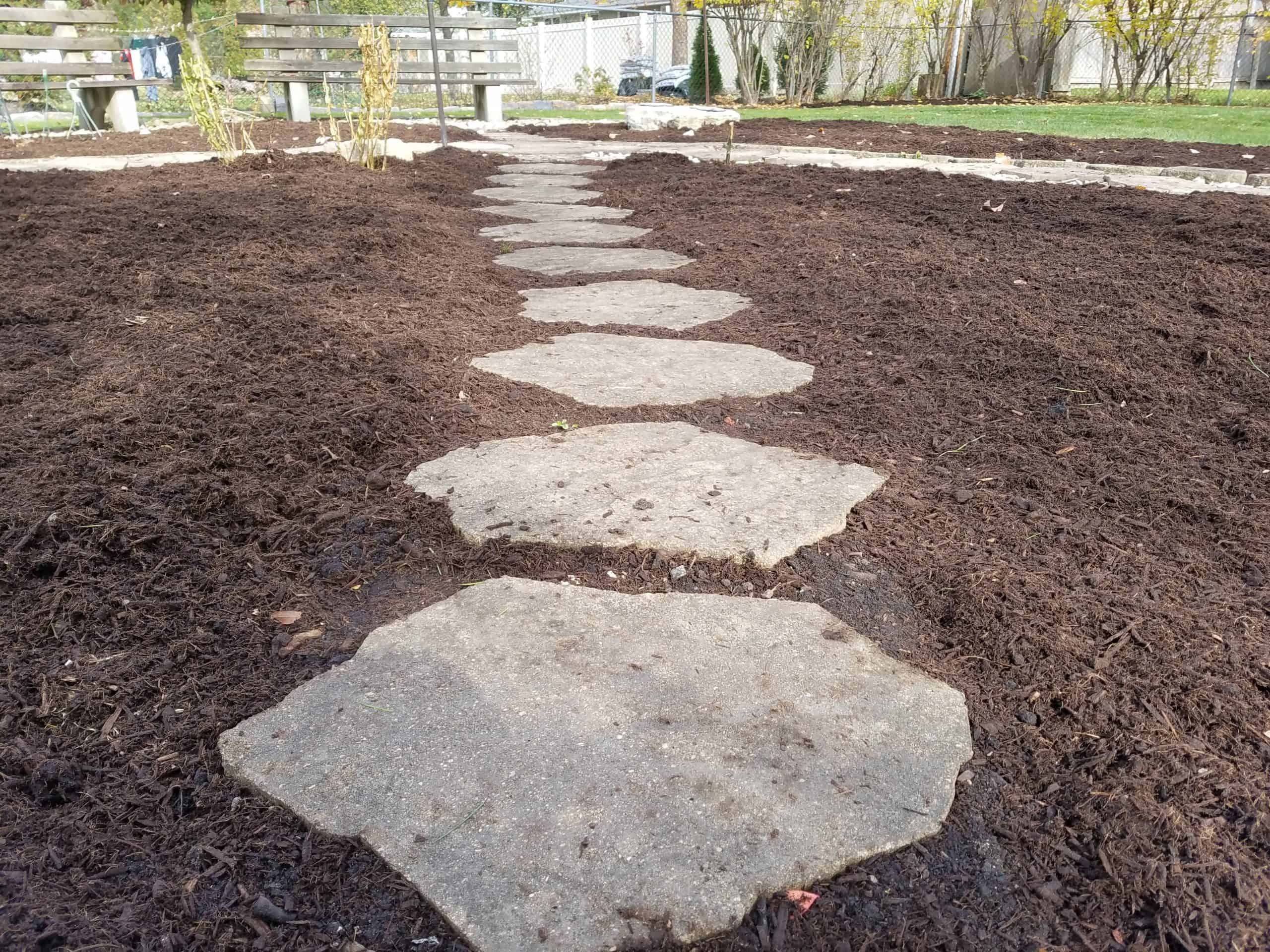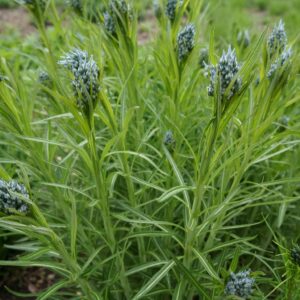
Spring ephemerals burst forth from the thawing ground as swelling buds adorned the trees. Whether March comes in like a lion or a lamb seems insignificant now, as Spring is well on her way.

Along with Spring Clean Ups and Lawn Renovations, we must turn our attention to one of the most important additions to the landscape. Mulch. If you do nothing else this year, install or replenish mulch! It’s literally considered a work horse in the landscape and can quickly turn a tired, unkempt yard into a neat and aesthetically pleasing landscape, but that’s not all!

Mulch helps maintain moisture and reduces evaporation; thereby, minimizing the need for supplemental watering and capitalizing on moisture that naturally falls to the ground. Mulch also helps control weeds by suppressing germination. It is also a great insulator and can improve soil aeration and drainage. Mulch can reduce the likelihood of damage from lawn mowers and weed trimmers by creating a barrier, and lastly, mulch helps give planting beds and tree rings a uniform and manicured look.

What exactly is mulch? Mulch can be defined as any material used on the surface of the soil, including organic materials such as wood chips, straw, pine needles, cocoa hulls, peat moss and lawn clippings. Inorganic mulches include river rock, shredded rubber, volcanic rock and synthetic fabrics. Organic mulches are preferred and more widely used. They are also more cost-effective, but the choice is ultimately yours.

How should mulch be used? Mulch should be spread at a depth of 2-4″. Not to exceed 6″. For trees, the larger the mulched area, the better, as it should reach, minimally, the drip line (i.e. the outer perimeter of the branches); however, never mound the mulch up around the base of the tree, also known as “volcanic” mulching. This can promote disease on the lower trunk as the tree’s bark is no longer exposed to air and light. The bark will begin to rot, and the tree can no longer protect itself from insects and disease. “Volcanic” mulching also promotes the growth of secondary roots which can encircle the trunk and choke off the main roots. This type of mulching won’t kill a tree immediately, but will lead to a slow, unnecessary death.

When should mulch be used? Almost any time is a good time, but many prefer to mulch or re-mulch in Spring. Reach out to Sweeney’s today, and let us provide and install that “cure-all”. You and your landscape will be glad you did! We proudly serve the communities of Villa Park, Elmhurst, Oakbrook, Oakbrook Terrace, Glen Ellyn, Lombard, Wood Dale, Itasca, and more!
Sweeney’s: A Plant Based Company
Plant of the Week

Narrow Leaf Blue Star
Clusters of powdery-blue flowers bloom atop sturdy stems April – May, surrounded by narrow, feathery foliage that matures to a golden yellow in Fall. Prefers full to partial sun, and moist, well-drained soil. Grows 24-36″ tall and 24-36″ wide. Attracts butterflies. Deer resistant. Fall color.
“It’s spring fever. That is what the name of it is. And when you’ve got it, you want — oh, you don’t quite know what it is you do want, but it just fairly makes your heart ache, you want it so!”
~Mark Twain
Best wishes,
Kim Sweeney

Mulch on into Spring! Lead your neighborhood, be the first to get your much install and you will be the trend setter for all to follow.
Lead, follow or get out of the way…
Ha! Well said, and all too true!